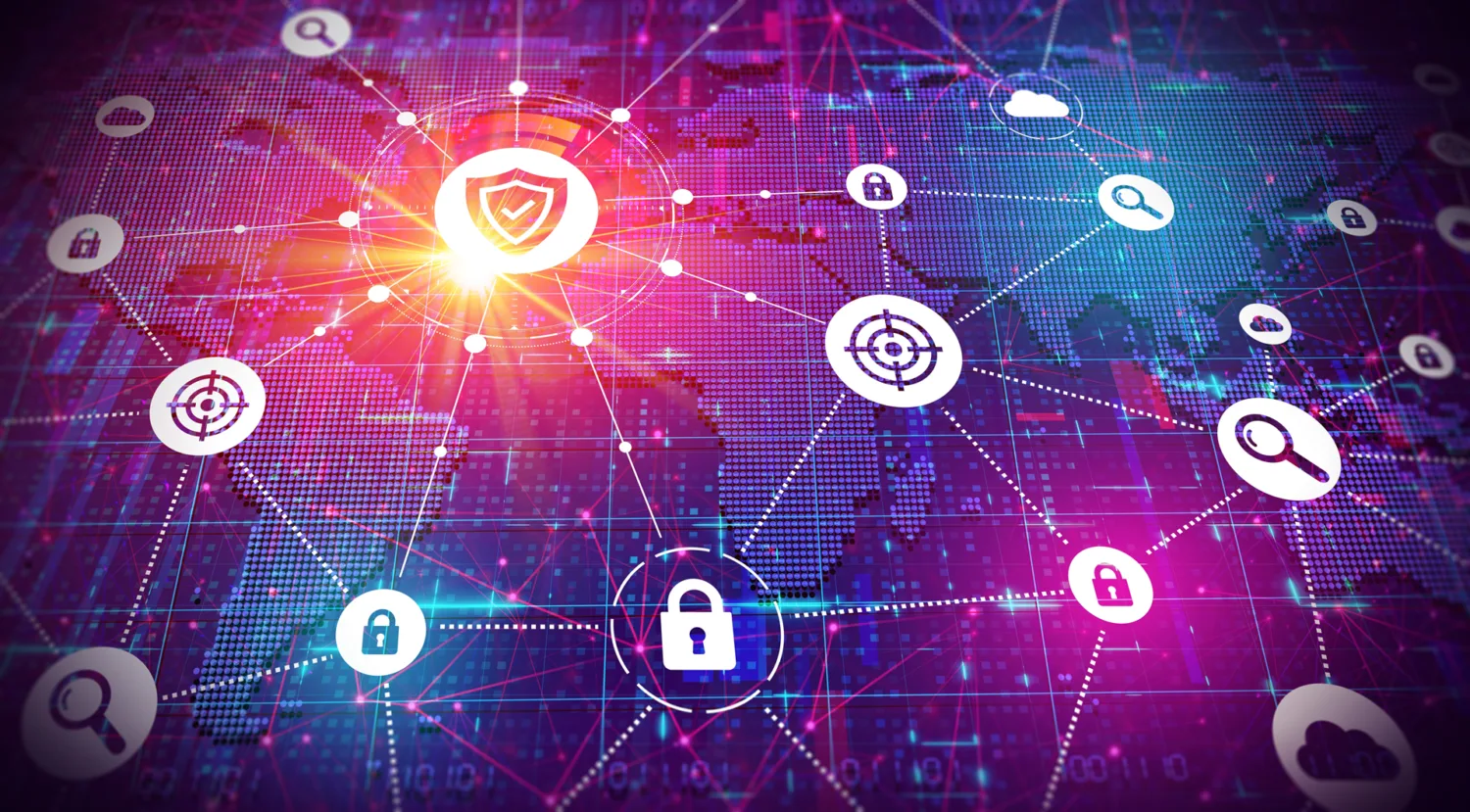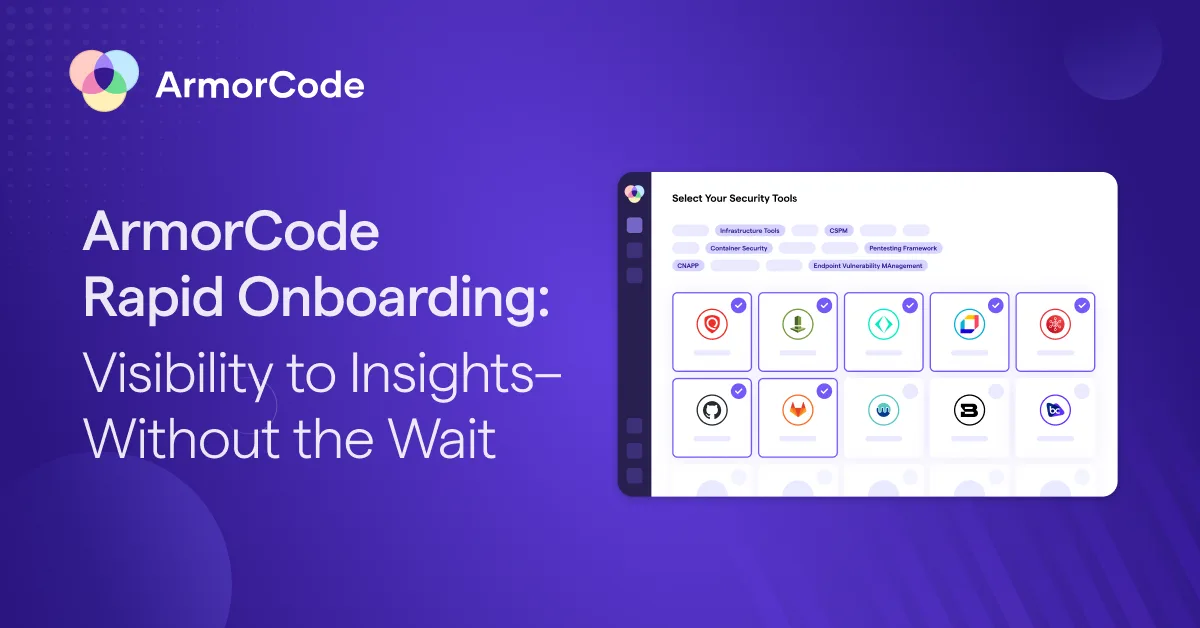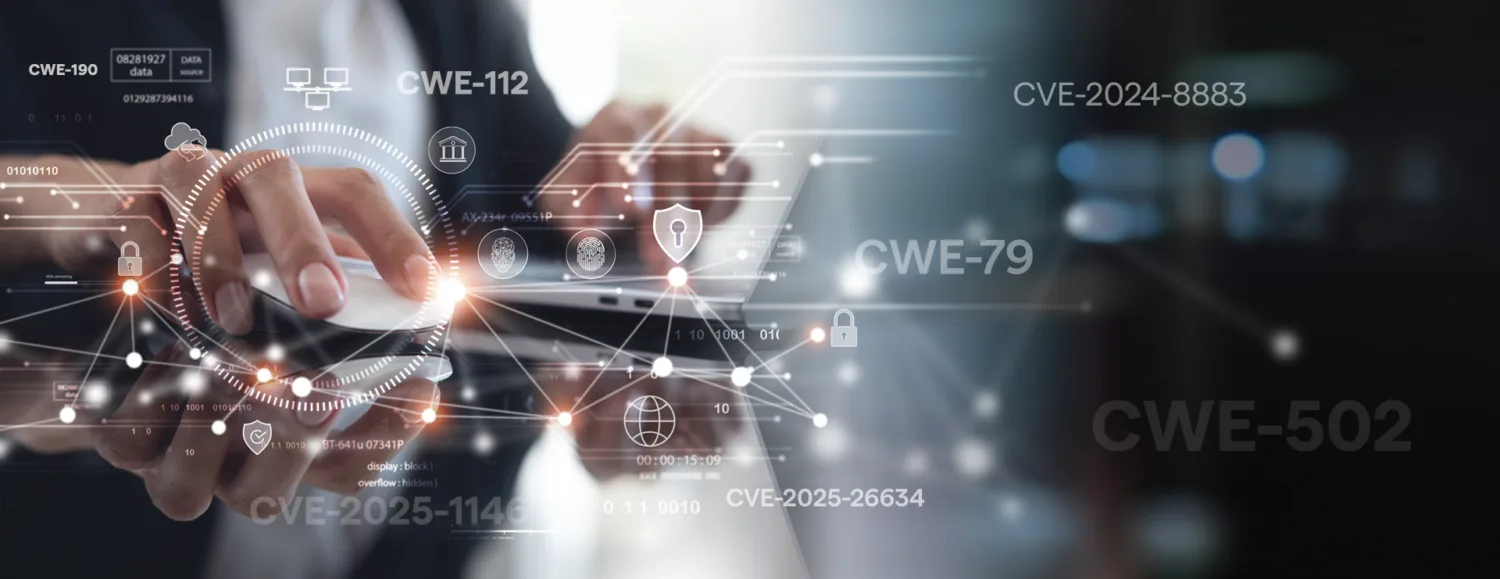Continuous Threat Exposure Management (CTEM): Key Principles Explained

Continuous Threat Exposure Management (CTEM) is a proactive and comprehensive approach to cybersecurity that addresses the rapidly evolving threat landscape faced by modern enterprises. Traditional security measures often fail to provide the agility and visibility required to address advanced cyber threats. CTEM fills this gap by offering a continuous and dynamic process that helps organizations identify, assess, and mitigate threats in real-time.
By integrating advanced technologies, risk-based strategies, and collaborative practices, CTEM empowers businesses to strengthen their security posture, safeguard critical assets, and align security objectives with overall business goals. This blog post will explore the key principles of CTEM and how they can help organizations build a more resilient security posture.
Key Principles of Continuous Threat Exposure Management (CTEM)
The following key principles empower organizations to stay ahead of emerging threats and minimize their risk exposure.
1. Continuous Visibility
Continuous visibility is foundational for understanding the security landscape. It starts with continuous asset discovery to maintain an accurate inventory of all assets. Real-time threat intelligence coupled with exploitability information provides timely insights into emerging risks, allowing organizations to anticipate and respond to potential attacks.
Contextual awareness further enhances this approach by considering operational and business significance, enabling a prioritized focus on what matters most. These elements, along with a comprehensive view across application, infrastructure, cloud, and container, ensure a complete understanding of the organization’s security posture.
2. Risk-Based Prioritization
With limited resources, risk-based prioritization ensures that efforts are focused on the most critical vulnerabilities to your business. By evaluating vulnerabilities based on their severity, likelihood of exploitation, and potential business impact, organizations can address the most pressing issues to them first.
Business impact analysis helps identify how vulnerabilities affect the organization, while a prioritized response strategy ensures resources are allocated efficiently. This targeted approach enhances overall risk management and ensures the success of the Continuous Threat Exposure Management program.
3. Proactive Assessment
Shifting from point-in-time testing to continuous and proactive assessment is key to staying ahead of threats. Attack simulations, such as penetration testing and red teaming, expose weaknesses that could be exploited by adversaries. Proactive threat hunting further strengthens defenses by identifying indicators of compromise or unusual activity, enabling early intervention.
4. Automation and Scalability
Automation plays a critical role in managing the complexity and scale of modern IT environments. By automating repetitive and manual processes, organizations free up valuable resources to focus on more strategic and productive tasks.
Seamless integration of tools ensures efficient workflows and facilitates effective data sharing, streamlining the overall security process. Scalability, a key benefit of automation, enables organizations to adapt to growth and handle increasing complexity without compromising security.
5. Remediation and Mitigation Focus
Effective remediation and mitigation efforts emphasize resolving vulnerabilities quickly and collaboratively. Assigning the right issues to the appropriate owners with sufficient context is essential for accelerating remediation.
Leveraging AI to provide detailed insights and actionable steps for resolution further enhances the efficiency and accuracy of the remediation process. When patching is not immediately feasible, alternative solutions such as network segmentation or configuration adjustments can serve as effective compensating controls.
6. Alignment with Business Objectives
Continuous Threat Exposure Management (CTEM) underscores the importance of aligning cybersecurity initiatives with overarching business objectives. By clearly demonstrating how robust security measures contribute to achieving business success, organizations can strengthen the connection between cybersecurity and their strategic goals.
Data-driven decision-making and business continuity planning ensure that security measures support uninterrupted workflows, reinforcing the organization’s ability to thrive even in the face of challenges. This alignment fosters a long-term commitment to security initiatives and positions cybersecurity as an enabler of overall business growth.
7. Communication and Collaboration
Cybersecurity is a shared responsibility, requiring effective communication and collaboration across teams. Cross-departmental efforts bridge gaps between security, IT, and business units, fostering a unified approach to risk management.
Clear reporting of security metrics and actionable insights ensures that stakeholders, including leadership, understand and support the organization’s security initiatives. Engaging all parties ensures alignment and effective decision-making.
8. Measurable and Repeatable Processes
Establishing measurable and repeatable processes is critical for consistency and continuous improvement. Defining metrics and key performance indicators (KPIs) helps evaluate the effectiveness of security measures.
Standardized workflows ensure reliable responses to vulnerabilities and incidents, while feedback loops enable learning from past events. These practices create a foundation for sustained success in Continuous Threat Exposure Management (CTEM).
Supporting CTEM with ArmorCode
ArmorCode supports the principles of a Continuous Threat Exposure Management program. Its AI-powered platform addresses application and infrastructure risks, empowering vulnerability management teams to unify, prioritize, and remediate high-impact vulnerabilities wherever they are located.
With comprehensive asset-centric workflows, unified visibility, automation capabilities, advanced threat intel, and over 260 integrations, ArmorCode enables streamlined processes and enhanced collaboration. These features along with many other AI-powered capabilities enable enterprises to effectively establish and maintain a successful CTEM program.
Request a demo today to discover how ArmorCode can become a pivotal part of your impactful Continuous Threat Exposure Management (CTEM) strategy.


